Understanding the subtleties of formal and semi-formal dress codes isn’t an obligation to pass through—it’s an essential social ability. When you’re preparing for the wedding, gala or corporate event, knowing the meaning behind these dress codes means it will help you appear polished and confident. Through many events and fashion issues, I’ve seen firsthand that dressing appropriately sets the tone for your entire experience.

What Sets Formal and Semi-Formal Attire Apart?
Imagine a variety of styles: formal attire is anchored by traditional black tie elegance, while semi-formal wear is a bit lighter, still refined but with more individual flair. Formal events, such as black tie weddings or award galas, require refined elegance with floor-length gowns, sharp tuxedos, and subtle accessories. Semi-formal gatherings—a fancy dinner, graduation, or corporate event—offer more flexibility while maintaining high standards.
Breaking Down Men's Dress Codes

When figuring out the details, formal attire for men is straightforward and strict: tuxedos, dark suits, white dress shirts, elegant bow ties or ties, and classic black dress shoes. Accessories play an elegant but important role. Polished cufflinks and pocket squares add elegance without being overly extravagant.
Switch to semi-formal and the mood shifts to light or dark suits, crisp shirts, smart blazers, and fashionable dress shoes in brown or black. Ties become optional and patterns or colors are definitely welcome. Accessories like wristwatches, pocket squares, or tie bars—these let your personality shine. I remember a time I wore a bold tie for a semi-formal wedding. It turned into a conversation starter, but was still dress-code appropriate.
"Comfort, fit, and confidence matter just as much as following tradition."
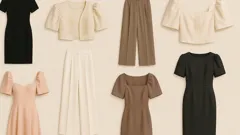
Women’s Options: Elegance Meets Flexibility
For formal occasions, women favor floor-sweeping gowns or beautifully tailored tuxedos, accentuated by delicate jewelry and elegant clutches. Pick shoes that blend both style and function, such as strappy heels or classic pumps. Longevity is more important than ever before.
With semi-formal clothing, the options are endless: cocktail dresses, chic pantsuits, or coordinated separates all work well. Think maxi or midi dresses and don’t shy away from colorful accessories or pops of color. Incorporating trends, within limits, can make semi-formal attire fun and contemporary.
Common Questions on Dress Codes
People often ask, “What is the difference between formal and semi-formal attire?” The answer lies in structure and flexibility. Formal occasions require a sophisticated look from head to toe, and semi-formal attire allows for more relaxed—yet still sophisticated—styles.
Seasonality and venue count as well. Lighter fabrics and more vibrant shades are perfect for summer or spring; winter events tend to prefer dark colours and heavier fabrics. Understanding the context of your event ensures you’ll look and feel perfect. It’s always a joy to see pastel suits at a summer wedding, while deep velvets are common at a winter gala.
FAQs and Style Insights
Are cocktail attires similar to semi-formal attire? Not quite. Cocktail attire is usually a bit more formal and geared towards evening events. Think glitzier gowns for ladies and darker suits for men. Semi-formal attire is elegantly adapted to day events and allows for more diverse stylistic interpretations.
Are jeans acceptable? No. Jeans are never allowed for either dress code. The essence of formal and semi-formal dress is polished sophistication. Good fit is important, so tailored clothing is a must for both looks and genders.
Do semi-formal clothes change with the seasons? Absolutely. Warmer weather calls for lighter fabrics and fun colors, while cooler months mean darker tones and luxurious materials. Women can wear floral prints in spring, while men can go for lighter colored blazers and loafers.
Dressing for Confidence
Getting the right details is important, but so is embracing your own style. Once you know the basics of formal and semi-formal dress, you can move through special occasions with grace, impressing guests and hosts alike. Eventually, mixing classic guidelines with your personal style becomes natural, and event dressing is less intimidating and more fun. Next time you’re unsure—just remember the fundamentals of formal vs semi-formal dress for every gender. We all deserve to look our best in every situation.
 Meg Magazine
Meg Magazine





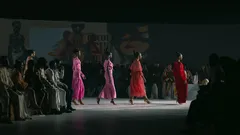

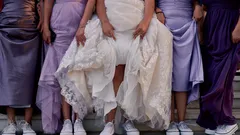
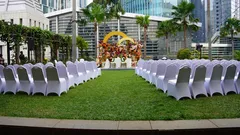




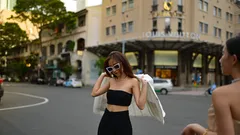

Comments